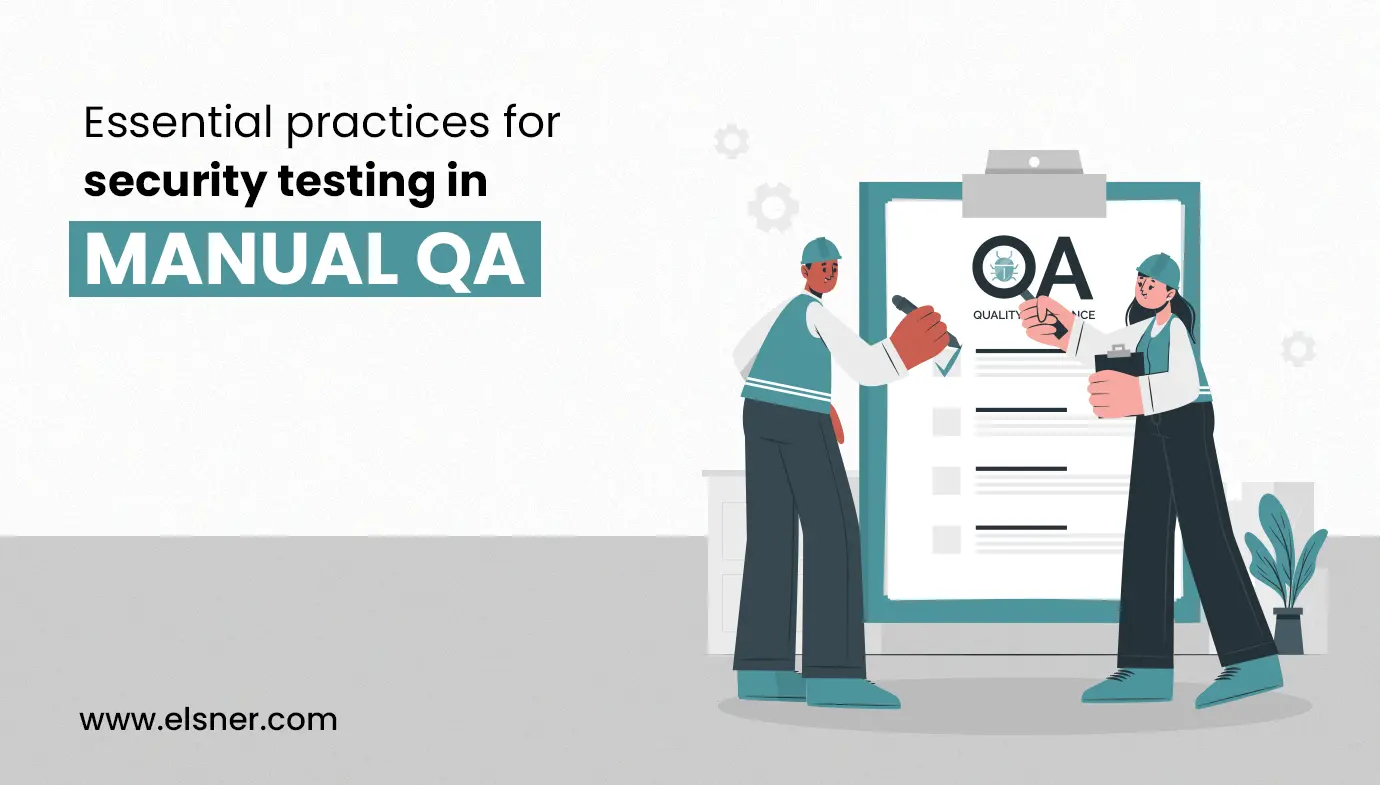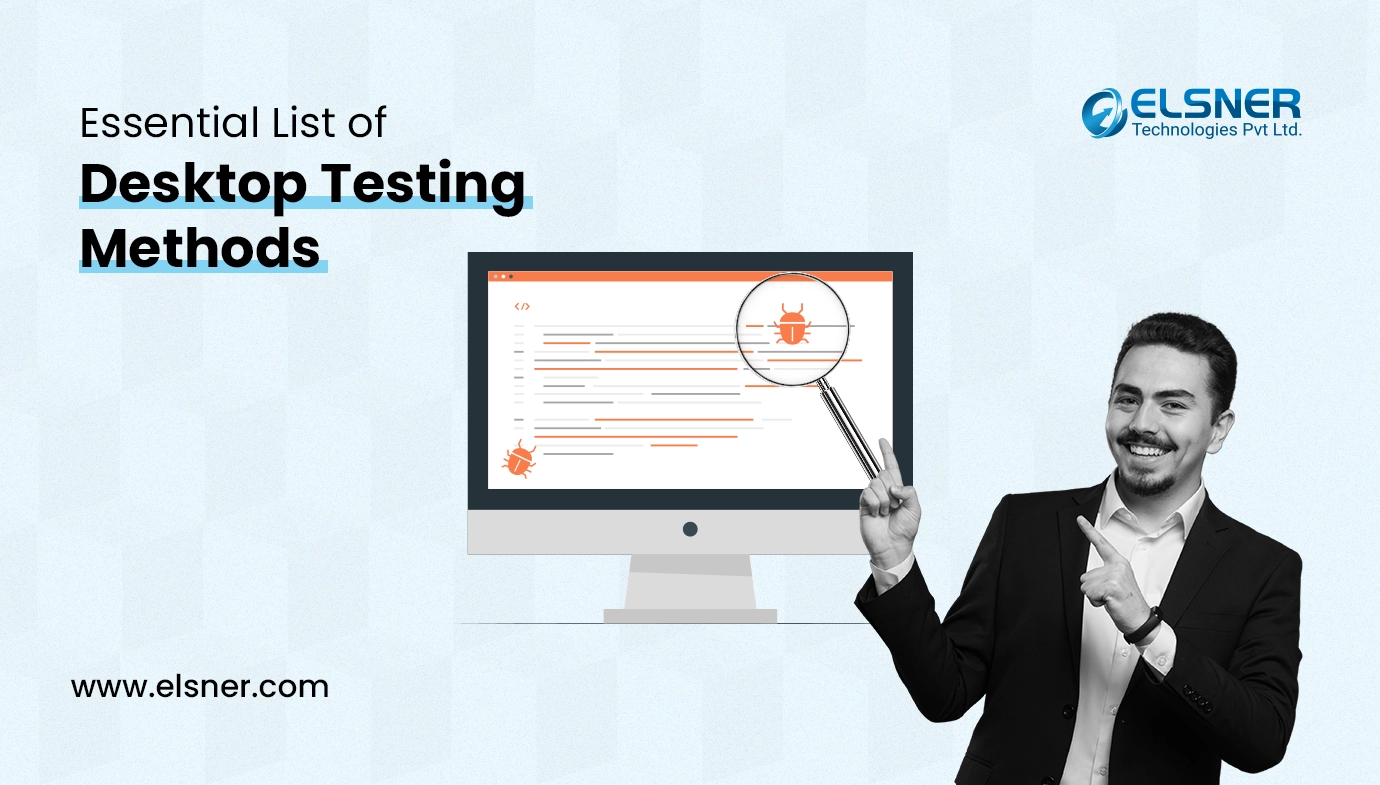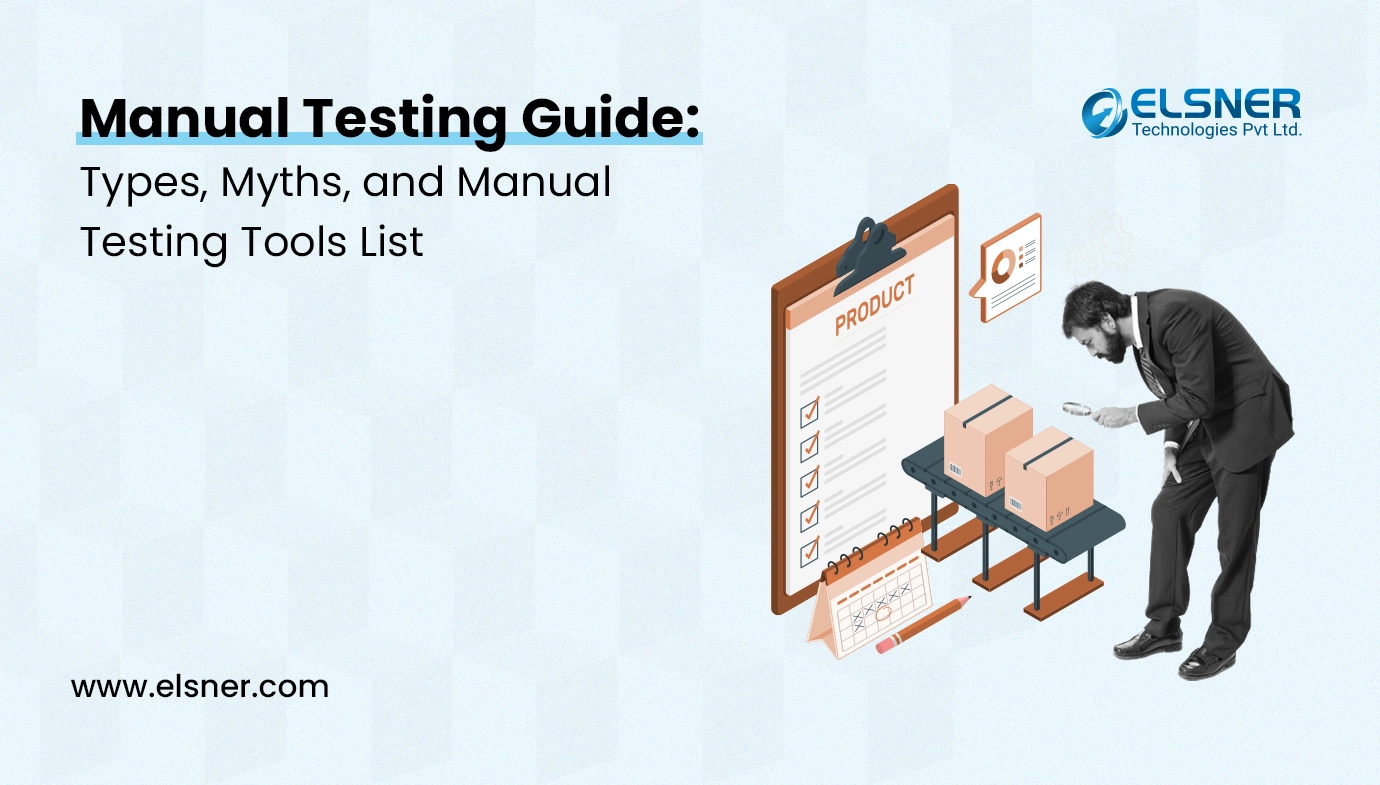Security is most important in the advanced digital era as everything connects to the internet. Security of software and sensitive data is vital in increasing cyber threats. Security testing, evaluating risks and vulnerabilities, is essential. While online tools are crucial, manual testing uncovers hidden vulnerabilities. This blog explores best practices in guide security testing, supplying insights to enhance software protection.
Importance of Security Testing
The importance of security testing remains in its ability to identify vulnerabilities, reduce risks, and protect software and sensitive data from potential cyber threats given below:
Risk Mitigation: Security testing is a proactive defense against risks and vulnerabilities within the software. In the application, If It spots security weaknesses. This reduces the chances of data leaks or breaches, which usually lead to financial loss and harm to reputation.
Compliance and Legal Requirements: Every industry has different regulations concerning data security and user privacy. Legal consequences are reduced, if not eliminated, by ensuring applications follow these guidelines.
User Trust: A security breach can destroy years of building user trust in seconds. But it takes just as long to rebuild it. Security testing helps display an organization’s dedication to keeping user data safe. That way, customers can feel secure using the app or software.
Early Detection: Security testing also effectively finds vulnerabilities early in its lifecycle. This allows companies to fix them before they become significant issues requiring even more money and time after a product’s release.
Business Continuity: Businesses need their critical systems to run smoothly and uninterrupted. As you’d expect, security breaches make this nearly impossible. They disrupt regular activities, resulting in financial losses and downtime for the business.
Key Principles of Security Testing
Understanding fundamental security testing principles is essential for those responsible for protecting software systems, enabling higher plans to guard against capability threats and vulnerabilities.
Confidentiality: This emphasizes that sensitive information needs to be convenient only to authorized individuals or systems. Security testing ensures that exclusive records stay secured and inaccessible to unauthorized parties.
Integrity: It guarantees the accuracy and trustworthiness of information and sources. Security testing is pursued to prevent unauthorized amendment or tampering of facts, ensuring that statistics remain dependable and unaltered.
Availability: It underscores the significance of maintaining a continuous right of entry to systems and statistics. Security testing assesses the strength of systems in opposition to denial-of-provider attacks and other disruptions to ensure uninterrupted providers.
Authenticity: It verifies the identities of customers and structures, making sure that the best legitimate entities have access to sources. Security testing has a specialty in verifying authentication mechanisms and access controls.
Non-repudiation: It prevents particular users from denying their actions within a system. It cannot be denied that it sent or received a message via encryption and digital signatures or approved some information.
Major focus area in security testing:
Security testing, in general, has the following focus areas:
Network Security: Network safety includes protecting a gadget’s infrastructure and statistics within the transmission path. It includes measures like firewalls, intrusion detection systems, and encryption to defend in the direction of unauthorized entry and cyberattacks.
System Software Security: It specializes in securing the underlying working structures and software components to prevent vulnerabilities and protect against exploitation via attackers.
Client-side Application Security: addresses security measures inside purchaser-aspect programs, including net browsers and mobile apps. It aims to mitigate dangers like pass-site scripting (XSS) and ensure user information privacy.
Server-side Application Security: It is involved with securing the server and again-stop software additives, protecting against vulnerabilities like SQL injection, and ensuring records integrity.
Database Security: Protecting databases from unauthorized access, records breaches, and cyber threats via getting the right of entry to controls, encryption, and vulnerability exams.
Application Security: Protect software packages from vulnerabilities and assaults, including entering validation, authentication, and code opinions to mitigate dangers.
Types of Security Testing
Security testing encompasses a lot of strategies and methodologies to assess the strength of software systems in opposition to ability vulnerabilities and threats. These various kinds of security testing collectively contribute to ensuring a software’s robustness. Please refer to the following types:
Penetration Testing: Also called ethical hacking, penetration testing involves simulating international attacks on a software system to perceive vulnerabilities. Ethical hackers, known as “penetration testers,” try to make the most of weaknesses to determine how well the system can avoid actual threats.
Vulnerability Scanning: Scanners robotically check software for recognized security vulnerabilities and weaknesses. They perceived troubles like outdated software misconfigurations and recognized secure flaws.
Threat Modeling: Threat modeling is a proactive approach to testing for security. It involves identifying ability threats, knowing their impact, and designing countermeasures to mitigate risks. Testers can expect and cope with capability Security issues by inspecting a gadget’s design and structure.
Security Code Review: This form of testing makes a specialty of the application’s supply code. Testers review the code to discover vulnerabilities, injection flaws, safety misconfigurations, and coding errors that might cause security breaches.
Security Compliance Testing: Security compliance testing ensures that a software machine adheres to specific safety standards, regulations, and exemplary practices, such as ISO 27001, HIPAA, or GDPR. It confirms that the application meets the required security criteria.
Access Control Testing: It assesses the effectiveness of users’ right of entry to controls. It examines whether or not the machine accurately enforces user permissions and gets entry to rights, preventing unauthorized users from accessing any kind of sensitive data or functionality.
Security Awareness and Training: Human mistakes are often a giant security risk. This type of testing makes a specialty of the human detail, schooling employees and verifying their adherence to security rules, including not falling for phishing attacks.
Security Configuration Testing: This testing type examines system configurations, ensuring they align with excellent security practices. Misconfigured settings can lead to security vulnerabilities that need to be addressed.
Session Management Testing: assesses how properly a device manages consumer periods and authentication tokens. It guarantees that sessions are stable, no longer effortlessly hijacked, and routinely terminate when a user logs out.
Security Compliance and Policy Testing: This form of testing evaluates whether a machine follows internal security guidelines and practices. It confirms that the software adheres to the installed safety hints.
Common Security Testing Tools
Standard security testing gear assists in perceiving vulnerabilities in software and systems. Here are a few basic ones:
Burp Suite: A security testing tool that helps discover protection troubles like SQL injection and go-web page scripting (XSS) in web programs.
Nessus: A comprehensive vulnerability scanner that assesses network structures for security flaws and offers specific reviews.
Nmap: A community mapping tool that may be used to discover hosts and offerings on a network, assisting in becoming aware of potential attack vectors.
Wireshark: A community protocol analyzer that captures and inspects community visitors, detecting network-related vulnerabilities.
Metasploit: A penetration testing framework that identifies, validates, and exploits vulnerabilities to test a device’s security.
OWASP ZAP (Zed Attack Proxy): An open-supply web application protection scanner designed to assist in identifying and coping with common place web application vulnerabilities.
OpenVAS: An open-supply vulnerability assessment device for scanning and handling vulnerabilities in structures and networks.
Sqlmap: A specialized tool for detecting and exploiting SQL injection vulnerabilities in net packages.
Acunetix: A net vulnerability scanner that automates locating safety troubles in web applications.
Qualys: A cloud-based vulnerability control and assessment platform offering designated insights into a machine’s security posture.
Conclusion
In the end, software security testing isn’t an alternative; however, it is necessary in our increasingly digital world. A complete approach is vital, incorporating manual and automatic testing, adherence to quality practices, and proactive danger evaluation. By doing so, corporations can enhance their software products, guard sensitive information, and inspire trust in a technology wherein protection is the most important.

Digital Transformation begins here!
Let us write your business’s growth story by offering innovative, scalable and result-driven IT solutions. Do you have an idea that has the potential to bring a change in the world? Don’t hesitate. Share with our experts and we will help you to achieve it.




